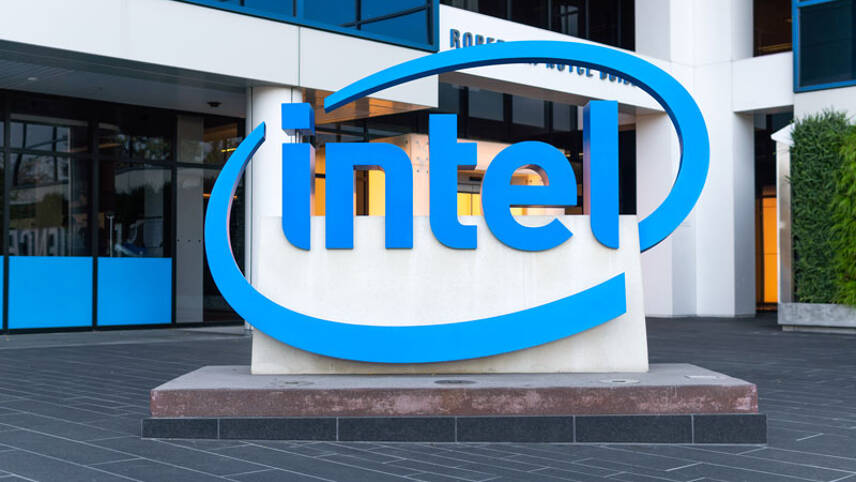Register for free and continue reading
Join our growing army of changemakers and get unlimited access to our premium content

The business set its 2040 net-zero target for Scope 1 (direct) and 2 (power-related) emissions in April 2022. At the time, it set out a range of 2030 milestones to make new and existing buildings more energy-efficient and shift to 100% renewable electricity.
Intel has built upon these targets this week with the publication of its first Climate Transition Action Plan, setting out exactly which interventions will tackle Scope 1 and 2 emissions this decade and beyond.
The Plan states that shifting to 100% renewable electricity will reduce these emissions by 23%, against a 2019 baseline. The business met 93% of its global electricity demand with renewables last year.
A further 23% reduction in emissions could be achieved, the Plan states, through deploying energy efficiency measures and replacing fossil fuel combustion assets with alternatives running on electricity or alternative fuels.
The Plan foresees an additional 31% reduction in Intel’s Scope 1 and 2 emissions from eliminating fluorinated greenhouse gases and N20 in chemical processes. The firm is currently collaborating with other industry players and academia to develop novel chemical processes for semiconductor manufacturing and expects to implement these in the 2030s.
This leaves 23% of the business’s emissions, where reduction options are less set in stone. Intel has stated that it will only use carbon offsetting to address Scope 1 and 2 emissions “if other options are exhausted”.
Scope 3 conundrum
Like most large businesses, Intel sees the bulk of its greenhouse gas emissions – 94% – originating from Scope 3 (indirect) sourcing. Upstream emissions accounted for about a quarter of Intel’s Scope 3 emissions in 2022 with the remainder occurring downstream.
The company is aiming for net-zero Scope 3 emissions by 2050, with an interim 2030 target for a 30% reduction against 2019 levels.
The Plan does not include the same level of detail on tackling Scope 3 emissions as it does for Scopes 1 and 2.
To tackle downstream emissions, Intel’s priority is to improve the energy efficiency of each new generation of products. The company is aiming to make its client and server microprocessors ten times more energy efficient in 2030 than in 2019 and is on track to deliver these ambitions.
On upstream emissions, Intel engaged with more than 130 of its suppliers on decarbonisation in 2022. These suppliers collectively represent three-quarters of its supplier-related emissions. Intel has gone beyond asking suppliers for climate-related disclosures and has begun offering sustainability-linked finance and hosting collaborative events.
It bears noting that Intel’s climate targets are not verified by the Science-Based Targets Initiative (SBTi). The Plan explains that the business feels unable to align with the SBTi’s net-zero standard because it requires firms to deliver a 90% reduction in emissions across all scopes. Intel finds this challenging given its plans to increase semiconductor production.
This is a sticking point that has previously been raised by fast-growing SMEs.
Related news: Intel allocates more than $400m of green bond funding
Related feature: Will climate transition plans take sustainability out of its silo?


Please login or Register to leave a comment.